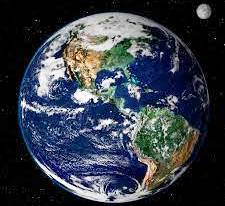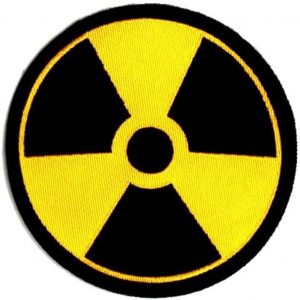Germany shutdown its three remaining nuclear power plants on 15 April, 2023.
This follows concerns for safety and a fierce national debate on the sustainability of nuclear energy after the Fukushima accident in 2011.
Chancellor Angela Merkel announced 2022 as the year for a complete phase out of nuclear energy in the country. However, following the energy crisis triggered by the Russia-Ukraine war, Chancellor Olaf Scholz extended the deadline to 15 April, 2023.
The anti-nuclear phobia in Germany climaxed after the Chernobyl nuclear accident of 1986.
The last three nuclear power plants being shut down produce 4,055 mw or 6% of Germany’s electricity.
The country is depending more on renewable sources of energy like solar and wind. It is to be seen if this will satisfy the national demand for the most industrialised country in Europe.
Germany first went nuclear on 17 June, 1961 when its nuclear power plant in Kahl, Bavaria, was connected to the national grid. Up to 33% of its electricity was from nuclear until March, 2011 when this was scaled down to 25% from 17 nuclear reactors. By October, 2022 Germany had only three reactors producing only 6% of the country’s electricity.
According to the International Atomic Energy Agency, there are 422 nuclear reactors in use in the world by April, 2023. Their average age is 31 years.
Europe has a mixed reaction to nuclear electricity. France has 57 reactors and plans to build more while Italy shut down its remaining two reactors after the Chernobyl accident of 1986.
Sweden also phased out nuclear energy in 1986, but reversed its decision by 1996. By 2023, Sweden has six nuclear power plants generating 30% of its electricity.
So, the overall effect of Germany’s decision to phase out nuclear energy is unclear, at least, in Europe.
photo credit: dw











